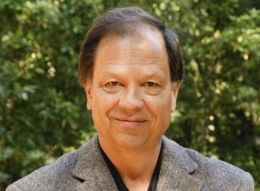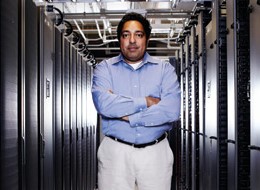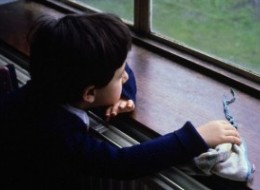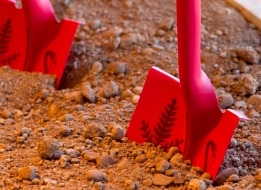The good and bad sides of foreign aid
on July 13th, 2010 No Comments
Year: 1994
Setting: Port Moresby General Hospital, Papua New Guinea
Position: Chief medical officer for Chevron Oil Co.
The wife of an expatriate employee has injured her arm and, suspecting that she has fractured her left elbow, I accompany her to the Port Moresby hospital for further evaluation. The building looks good and new. In fact, it was recently donated to Papua New Guinea by the Japanese government. While waiting for the X-rays, I stroll down the corridor peeking through various doors. I discover that the glass in many of the building’s windows is broken. I wonder if an earthquake may have been responsible, and inquire further with the janitor. He tells me the windows have been broken for months. A temporary road was built after the hospital completion and when heavy trucks pass by they spray gravel that hits the windows. The glass hasn’t been replaced because the panes are unique and must come from Japan.
Open windows create multiple hazards in hospitals: Risk of falls and cuts, noise, wind, dust, rain and germs. As I think about the bureaucracy entailed in trying to get Japanese windows shipped to Papua New Guinea, I am reminded of a scene a few years earlier when I visited a hospital in Saudi Arabia. A room was filled with unused, sophisticated equipment (such as a CT scanner), and I was told that insufficiently trained technicians had broken the machines but that spare parts from overseas were not readily available. Moreover, the hospital needed to hire consultants from the United States and Germany to fix the equipment.
These examples, and others, taught me that a lot of the money intended to improve the health sector of developing countries ends up being wasted. What has been, and is still, lacking in global health projects are consensual, societal visions that take into account the infrastructure differences of developed and developing countries. Without this kind of forethought, the money and effort spent with the best of intentions (such as building the hospital in PNG) is rendered nearly worthless because training, repairs and replacement parts aren’t available.
Lesson for the doctor: Foreign assistance can be a blessing to developing countries, but only if the receiving nations can effectively take advantage of the aid over the long term.
Yann Meunier, MD, is the health promotion manager for the Stanford Prevention Research Center. He formerly practiced medicine in developed and developing countries throughout Europe, Africa and Asia. Each week, he will share some of his experiences with patients in remote corners of the world.






